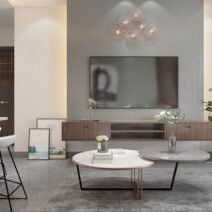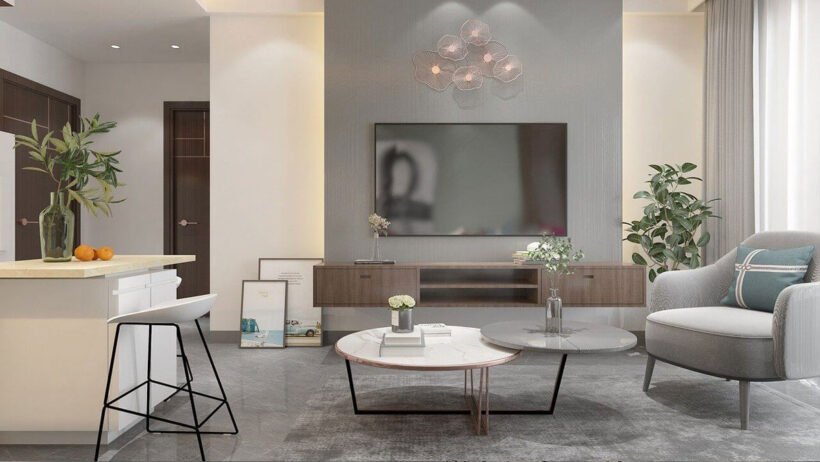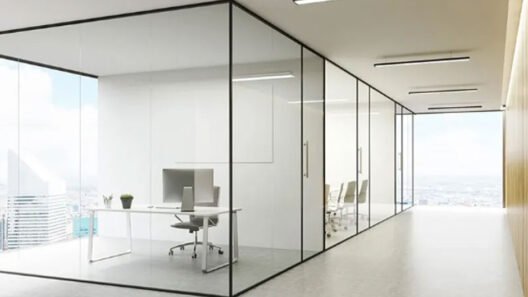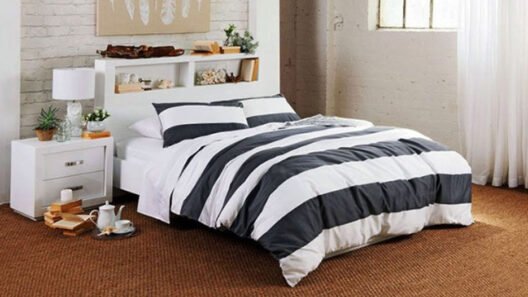The Complexity Crisis in Modern Interiors
Interior design hit a complexity wall, and Pinterest boards can’t climb it anymore. Today’s trends aren’t just about picking nice colors and arranging furniture. They’re multidimensional puzzles that break brains and budgets when you can’t visualize them properly.
Charles Eames knew it: “The details are not the details. They make the design.” But what happens when those details multiply exponentially? When every surface tells a story, every corner holds surprise, every angle reveals something new? You get designs that are impossible to imagine from mood boards and material samples.
The shift happened gradually, then suddenly. Clients stopped wanting rooms. They started wanting experiences. Ecosystems. Transformative spaces that adapt, breathe, and evolve. Try explaining that with a floor plan and some fabric swatches. This complexity explosion is why designers now rely on complete guide visualization approaches that capture every nuance before a single tile gets laid.
Biophilic Design: Nature’s Chaos Needs Digital Order
Living Walls and Light Studies
Biophilic design sounds simple. Add plants. Include natural materials. Let in light. Then you try it, and realize you’re basically playing God with ecosystems.
Living walls aren’t just vertical gardens anymore. They’re engineered environments with:
- Irrigation systems hidden in structure
- Growth patterns calculated for three years out
- Light requirements varying by species and season
- Maintenance access points disguised as design elements
- Acoustic properties that change as plants mature
How do you show a client how their living wall will look in winter versus summer? How shadows will play differently as plants grow? How the space will smell, sound, feel as nature takes hold? Mood boards can’t do this. Only advanced visualization can show time-lapse growth, seasonal changes, the interplay between artificial and natural light across months.
Statistics tell the story – biophilic projects require 60% more visualization passes than traditional designs. Not because designers are indecisive. Because nature is complex, and clients need to see that complexity managed.
Maximalist Revival: When More is More is More
Pattern Mixing Madness
Minimalism had its moment. Now maximalism is back with a vengeance, and it’s bringing every pattern ever created to the party. We’re talking:
- Florals fighting geometrics – And somehow winning
- Cultural patterns colliding – Moroccan meets Memphis meets Ming
- Scale variations – Tiny prints next to massive motifs
- Texture layering – Velvet on rattan on marble on brass
- Color explosions – Palettes that shouldn’t work but do
This isn’t random chaos. It’s orchestrated overwhelm. Every element needs to sing in harmony while looking like beautiful discord. Try explaining that to a client using samples. They’ll run screaming.
Advanced visualization lets designers test pattern relationships in real-time. Rotate that wallpaper 90 degrees. Scale that rug pattern up 20%. Swap that cushion fabric. See how light at different times affects pattern perception. It’s the difference between hoping it works and knowing it works.
Adaptive Spaces: Designing for Change
Static rooms are extinct. Today’s interiors shape-shift. Morning yoga studio becomes afternoon office becomes evening entertainment space. Not through renovation – through design intelligence.
These transformative spaces include:
- Furniture that disappears into walls
- Lighting that completely changes room mood and function
- Partitions that dance between transparency and privacy
- Surfaces that shift from work to play modes
- Technology integration that’s invisible until needed
Steve Jobs was prescient: “Design is not just what it looks like and feels like. Design is how it works.” And when your design works differently throughout the day, you need visualization that shows all modes, all transitions, all possibilities.
Clients need to see their breakfast nook become a conference room. Watch walls fold, furniture transform, lighting adapt. Static renderings show snapshots. Modern visualization shows the full movie.
Material Innovation Explosion
Textures That Don’t Exist Yet
New materials arrive daily. Self-healing concrete. Transparent wood. Bacterial-grown leather. Pollution-absorbing paint. How do you specify materials that didn’t exist when you started the project?
More challenging – how do you combine these materials? Traditional rules don’t apply when your countertop grows from mushroom mycelium and your walls contain phase-change materials that regulate temperature. These aren’t just aesthetic choices. They’re functional decisions with complex interactions.
Visualization becomes laboratory. Test how bio-materials age. Show how smart materials respond to stimuli. Demonstrate how sustainable alternatives actually look, feel, perform. Without this, you’re asking clients to spend fortunes on faith.
The data supports this need – 81% of designers call visualization critical for complex material specifications. When you’re combining fourteen different innovative materials in one space, hoping they play nice together isn’t a strategy.
Lighting as Architecture
Forget lighting design. We’re in the era of lighting architecture. Light isn’t just illumination anymore. It’s structure, sculpture, experience.
Current lighting trends that break traditional visualization:
- Circadian rhythm lighting – Changes color temperature throughout the day
- Responsive illumination – Reacts to movement, sound, mood
- Projected textures – Walls become canvases for light art
- Hidden sources – Light appears from nowhere
- Bioluminescence – Yes, really. Glowing algae installations
These aren’t fixtures you pick from catalogues. They’re custom experiences requiring photometric studies, time-based simulations, emotional response modeling. You need to show how morning light differs from evening. How seasonal changes affect the design. How artificial and natural light dance together.
One designer told me about a client who rejected a million-dollar lighting scheme because they couldn’t visualize it. Same scheme, presented with proper visualization showing every hour of every season? Approved instantly. Plus a bonus for “vision.”
Why Yesterday’s Tools Can’t Handle Tomorrow’s Designs
Here’s the uncomfortable truth. If you’re still using traditional presentation methods for these trends, you’re lying to your clients. Not intentionally. But you’re showing them promises you can’t guarantee.
These trends demand visualization because they’re:
- Time-dependent – Change throughout days, seasons, years
- Multi-sensory – Involve sound, smell, touch, not just sight
- Interactive – Respond to inhabitants
- Complex – Involve systems, not just surfaces
- Expensive – Too costly for trial and error
The complexity compounds. Biophilic maximalist adaptive spaces with innovative materials and responsive lighting? That’s not a design. That’s an ecosystem. And ecosystems need simulation, not imagination.
Forward-thinking firms get this. They’re investing in visualization not as presentation tools but as design tools. They’re designing in visualization software, not CAD. They’re thinking in animations, not still images.
Clients are catching on too. They’re willing to pay 30% more for projects with comprehensive visualization. Not because they like pretty pictures. Because they understand that seeing is believing, and believing is buying.
The gap between what’s possible and what’s visualizable is closing. Soon, if you can imagine it, you can show it. If you can show it, you can sell it. If you can sell it, you can build it.
But here’s the kicker – these trends aren’t slowing down. They’re accelerating. Tomorrow’s trends will make today’s look quaint. Responsive bio-materials. Quantum lighting effects. Spaces that learn and adapt. AI-designed environments that evolve.
The designers who’ll thrive aren’t the ones who can imagine these futures. They’re the ones who can visualize them. Because in a world where anything is possible, the ability to show possibility becomes the ultimate design skill.
Your move. Keep sketching, or start simulating. Because your clients aren’t buying sketches anymore. They’re buying certainty. And certainty requires seeing the future before building it.







